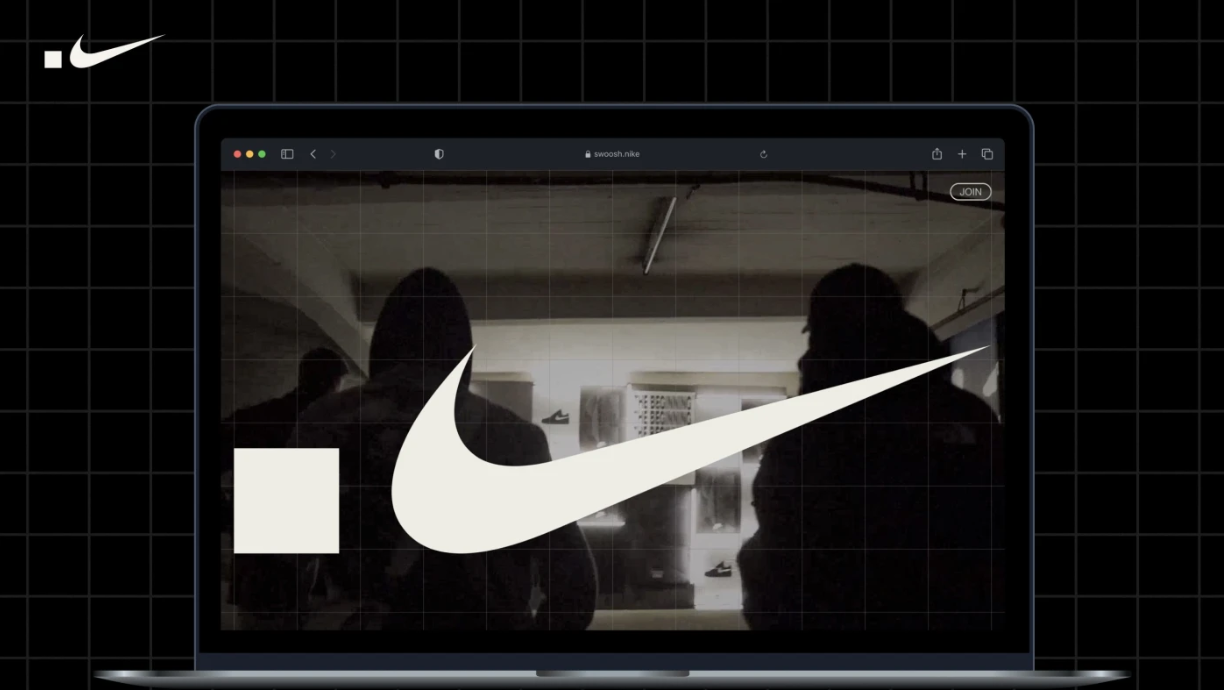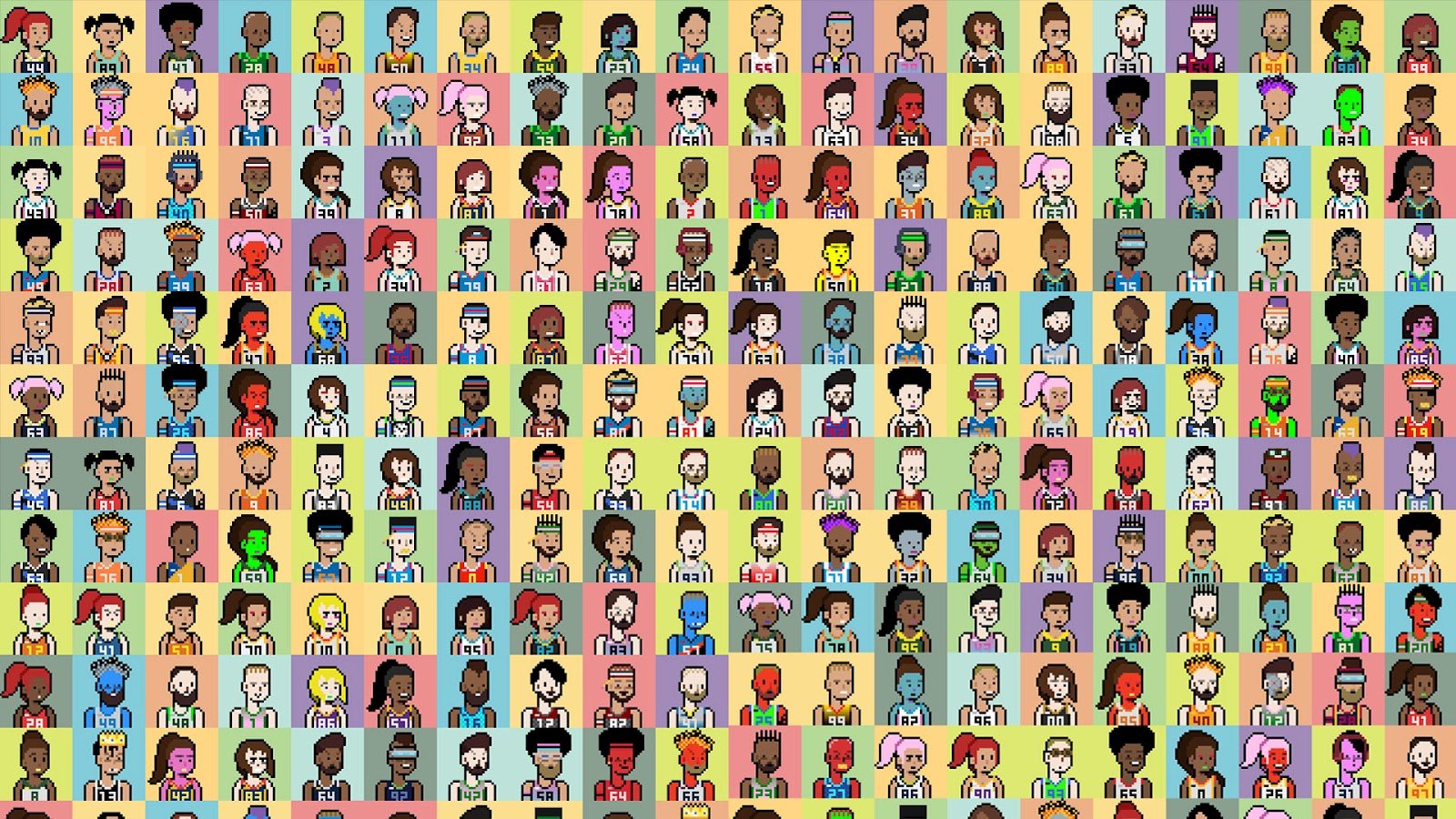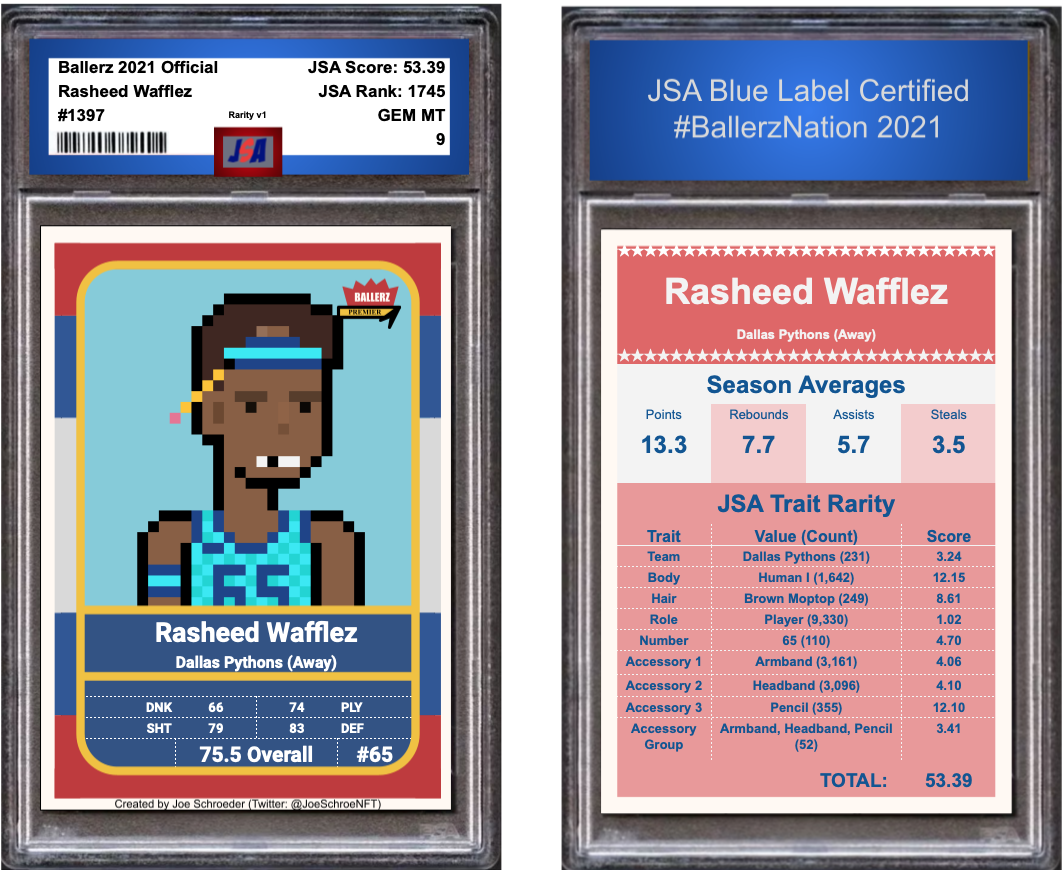Marketing is famously filled with jargon. The problem with jargon is that it quickly becomes meaningless. There are some foundational terms and concepts that are easily conflated and that lose sharpness over time. One fundamental term that I’ve seen have a broad range of interpretations is “branding” itself. Most commonly, I’ve seen people use “branding” to specifically refer to “brand guidelines.” However, in my experience brand guidelines are just a very small subset of what branding is.
Let’s dig in and see what the distinctions are.
What is Branding, Anyway?
First things first, let's define what branding actually is. At its core, branding is all about creating a meaningful, emotional connection between a brand and its audience. It's about making people feel something when they see your logo, hear your name, or encounter your products. Think of it as the heart and soul of your brand – the intangible magic that makes people choose you over the competition.
For example, Nike is a brand that has nailed the art of branding. It's not just about their iconic swoosh; it's about their "Just Do It" ethos. Nike has become synonymous with athletic achievement, determination, and the pursuit of excellence. When you wear Nike gear, you're not just wearing sports apparel; you're embodying a winning mindset.
Another standout example is Coca-Cola. Beyond their sugary beverages, Coca-Cola has created a timeless and universal message of happiness, togetherness, and sharing. Their branding campaigns, like the iconic "Share a Coke" campaign, have touched the hearts of millions worldwide.
Brand Guidelines: The Rulebook
Now, on to brand guidelines. These are like the brand's rulebook. They lay out the dos and don'ts, ensuring that your brand's visuals and voice are consistent across all touchpoints. Brand guidelines are essential to maintaining a cohesive image, but they're not the soul of your brand. They're more like the uniform your brand wears every day.
Let's take Old Spice as an example. Their brand guidelines ensure that no matter where you encounter Old Spice – whether it's in a TV commercial, a print ad, or on social media – you'll recognize that quirky, humorous style. The brand guidelines keep the Old Spice persona intact, but it's the brand itself that makes you smile.
Harley-Davidson is another brand that knows the power of guidelines. Their brand is synonymous with freedom, rebellion, and the open road. While their guidelines ensure consistency in logo usage and typography, it's the brand's strong identity that makes owning a Harley a lifestyle choice. You can intellectually recognize the logo, but it’s the brand that makes you feel something.
Branding = Culture Relevance
So, why is it crucial to distinguish between branding and brand guidelines? Because understanding this difference can take your brand to a whole new level. You see, branding is what makes your brand relevant in culture. It's about tapping into the zeitgeist, reflecting societal values, and creating something that resonates with your audience on a deep, emotional level.
Think about Apple. It's not just a tech company; it's a cultural phenomenon. Apple's branding revolves around innovation, simplicity, and challenging the status quo. They've made owning an Apple product a statement about individuality and creativity. When you see someone with an iPhone, it's not just a phone; it's a symbol of a shared ethos.
Red Bull is another brand that's deeply ingrained in culture. Their branding is all about pushing the boundaries of what's possible. From extreme sports events to content creation, they've made "gives you wings" a lifestyle, not just a slogan.
Emotion = Fans
One of the most powerful and enduring things about branding is that it turns customers into fans. When you create a strong emotional bond with your audience, they become your biggest advocates. They'll wear your merchandise, share your content, and defend your brand in internet debates. That's the power of a brand that connects on a deeper level.
Take Nike again, for instance. Their emotional connection with fans goes beyond sports. When they released the "Dream Crazy" campaign featuring Colin Kaepernick, they tapped into the broader cultural conversation about social justice. This move not only solidified their brand's values but also won them a legion of new fans who admired their bold stance.
Another example of this phenomenon is Disney. Disney's branding is all about nostalgia, magic, and storytelling. They've created a fan culture that spans generations. From Mickey Mouse to the Marvel Cinematic Universe, Disney's branding is a masterclass in creating lifelong fans that keep coming back (and bring their kids with them).
When asked about the role of a brand, Dan Wieden distilled it down to “Move me, Dude!” That sums it up pretty well. If your branding isn’t making someone feel something, it’s time to rethink and find ways that it can.
The Takeaway
So, the next time a team member uses branding interchangeably with brand guidelines, you can offer this distinction. Brand guidelines are essential for maintaining consistency in design and voice, but branding is the heart and soul of your brand. It's about creating an emotional relationship, winning more fans, and becoming culturally relevant. When you get branding right, the guidelines become part of your daily work in delivering the magic of your brand to the world.
The TLDR: Branding is about emotions, connections, and culture. Brand guidelines? They're just the stewards and hosts who make sure the party goes smoothly.
Andrew “Oyl” Miller is an advertising Creative Director and Copywriter. He spent 15 years working at Wieden+Kennedy on brands like Nike, PlayStation and IKEA. You can check out his work on his website.






























